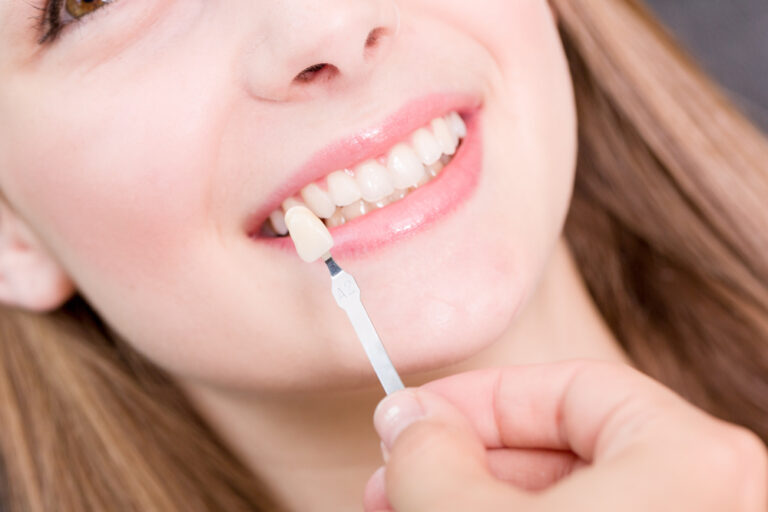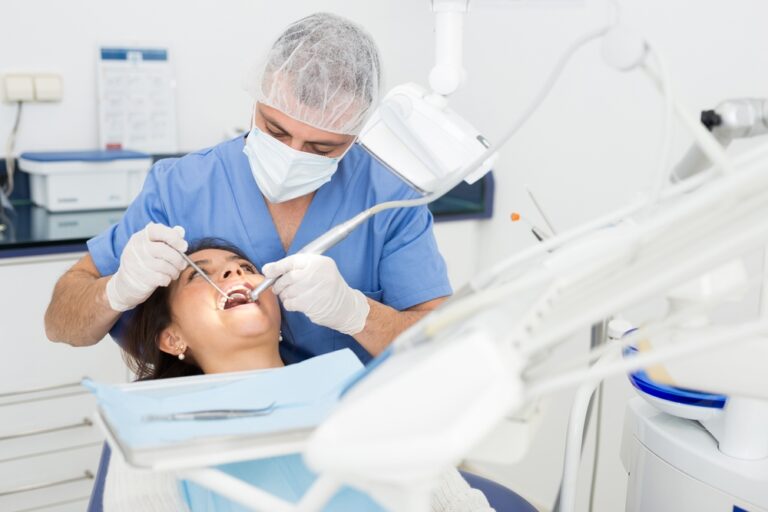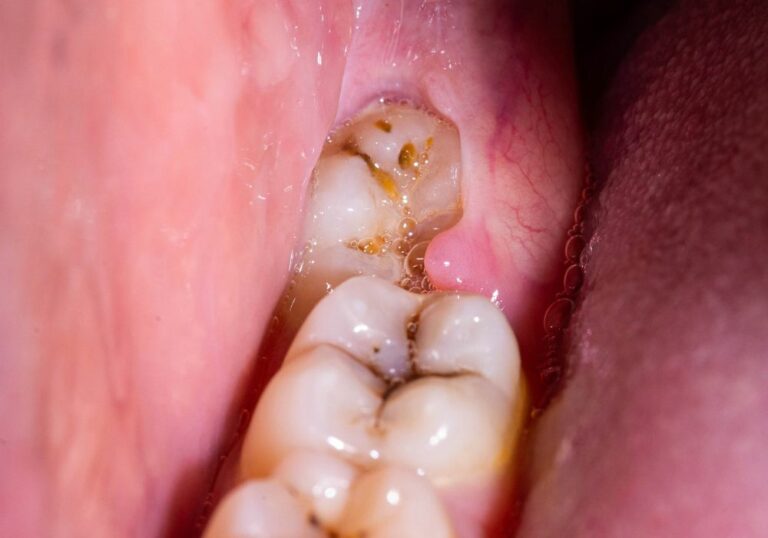Have you been told by your dentist that your teeth need deep cleaning? Perhaps it has left you wondering why you need it and what exactly does the process involve. Maybe you are even worried that it will be painful.
In this article, we share with you what happens during the dental deep cleaning process from the diagnosis to after the treatment. We have also included information on what the symptoms of gum disease are and how to look after your teeth following a deep clean.
What is Dental Deep Cleaning?
If your dentist has recommended you to have a dental deep cleaning, it is most likely because you have or are at risk of developing periodontitis, which is a gum disease. Dental deep cleaning, also known as tooth scaling and root planing, is used to treat inflamed gums and remove tartar.
When a dentist deep cleans your teeth, they will clean off tartar, which are hardened minerals that have stuck to your teeth. During the tooth scaling part of the process, the dentist will remove tartar that has built up on the surface of your teeth, while root planing focuses on the tartar built-up on the roots and below the gum line.
The treatments are offered by periodontists, who are specialists in gum disease, and dentists. However, the work is usually carried out by a dental hygienist. Both root planing and tooth scaling can be done during the same visit. In most cases, you will not need multiple visits to complete the treatment.
Why You Might Need Deep Teeth Cleaning?
Periodontal diseases are common, and even people who take good care of their teeth can develop them. In the United States, almost half of the population over 30 years of age has some type of periodontal disease and the risk of periodontitis increases with age. Close to three-quarters of American adults over 65 years of age have periodontitis.
Some people have a higher risk of developing gum diseases, including people with a family history of periodontitis or who have diabetes, arthritis, or heart disease. For some women, hormonal changes during pregnancy can cause gingivitis. Some forms of birth control can also increase the risk of gum diseases.
Defective dental fillings and dental bridges that have not been fitted properly can also increase gum disease risk as can malocclusion and overbite. Poor oral hygiene, smoking, and stress can also increase the risk of developing a gum disease that required deep cleaning.
Deep Cleaning Diagnosis
When you visit your dentist for a routine check-up, your dentist will check your teeth for tooth infections, cavities, and bone loss. They will also check your gum health. If they diagnose periodontitis, they should explain the treatment options to you. Deep cleaning will not take place during the same appointment but will be scheduled for a future date.
Deep Cleaning Treatment
There are two parts to the treatment: tooth scaling and root planing. The treatment cleans above and below the gum line so tartar is removed from every tooth and the roots completely. You are awake for the treatment. However, your mouth will be numbed with a local anesthetic.
The treatment is usually carried out over two or four visits. If you have two treatment visits, the dentist will treat one side of the mouth on the first visit and the other side on the second visit. If you have four treatment visits, your dentist will treat a quadrant of your mouth on each visit.
Tooth Scaling
Your treatment provider will use an ultrasonic scaler, which is a vibrating tool, to scale your teeth. The scaler has a vibrating metal tip that chips off the tartar from the teeth above the gum line. At the same time, a water spray washes the loosened tartar away. It also clears your gum pockets of plaque.
If there is tartar left after this, your dentist will use a curette, which is a manual scraping device, and a dental scaler to remove any remaining tartar. When all the tartar has been removed from the teeth, your provider will start the root planing.
Root Planing
When your teeth are done, the provider will work on the roots below the gum line. This might sound like it will be an unpleasant, painful experience but with the local anesthetic, you should not feel anything.
Your treatment provider will push aside gum tissue to expose the roots’ surface. They will then use the tooth scaling tools to remove tartar, making the roots smooth. Sometimes, your treatment provider will inject you with an antibiotic medication in the gum pockets but they will have discussed this with you in advance.
After Deep Dental Cleaning
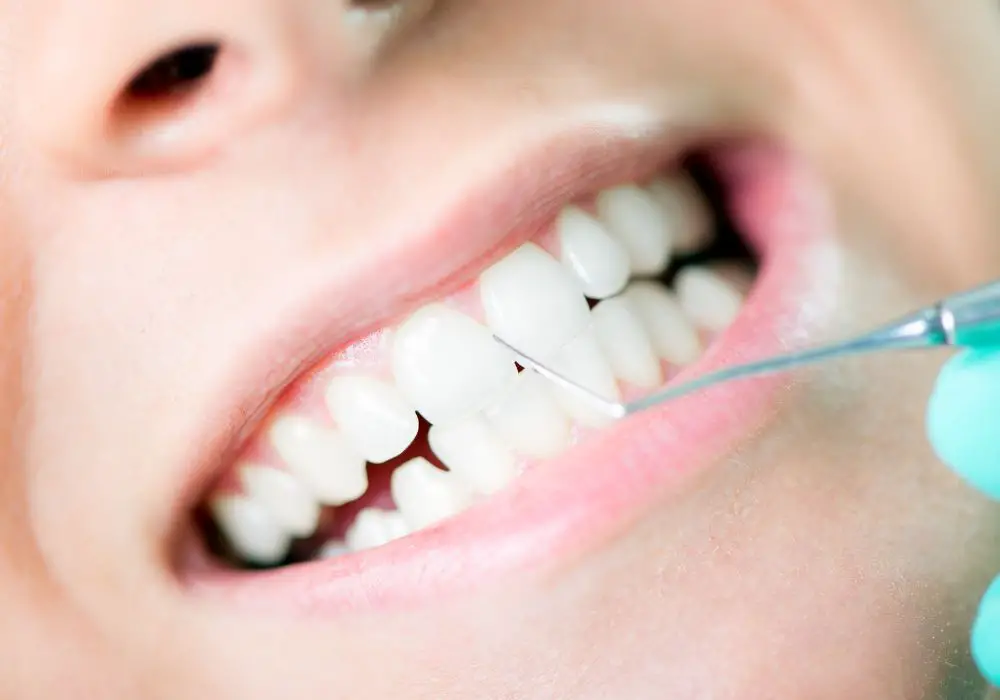
When you have had your teeth deep cleaned, plaque and bacteria are not as likely to stick to your teeth because their surface is now smooth. As your gums heal, inflammation will decrease. The healthy gums will reattach themselves to the smoother tooth roots more firmly.
You will have follow-up appointments with your dentist who will measure the size of the pockets that surround the gum tissue. If the pockets have not got smaller, you may require periodontal surgery, such as bone grafting or pocket reduction surgery called flap surgery.
Caring For Your Teeth Following Deep Cleaning
When you have had your teeth deep cleaned, keep them as clean as possible and ensure you take any medication you might have been prescribed by the dentist. Establish a good oral hygiene routine at home to keep your teeth and gums healthy and clean.
You should brush your teeth morning and evening for two minutes at a time. Floss your teeth daily. To get the most out of brushing, change your toothbrush every three to four months.
What to Avoid After Dental Deep Clean
Because of the local anesthetic, your mouth will be numb for a while after the procedure. You should not eat until the feeling has returned to your mouth. It is easier to bite your gums or tongue when there is no feeling and this could cause an injury.
As the local anesthetic wears off, your teeth and gums are likely to be sensitive. To aid the healing process and prevent any discomfort, avoid spicy and acidic foods for at least six hours after the treatment. You should also avoid sharp or hard and very hot or cold food for the next 48 hours. It is also best to avoid foods that require a lot of chewing.
If you experience any discomfort or pain following the dental treatment, you can use normal over-the-counter pain medication. In some cases, you might get a prescription for antibiotics from your dentist. Follow the instructions from your dentist when taking the antibiotics to ensure they work.
Are There Any Risks to Deep Cleaning?
The overall risks of the deep cleaning process are minimal. However, you may experience some discomfort as you heal from the treatment. If you have certain heart conditions or heart valves, you may need antibiotics before the treatment to lower the risk of infections caused by bacteria.
At your pre-deep cleaning appointment, you will have a chance to ask your dental health provider any questions you may have about the treatment. Ensure you let them know of any medical conditions you have at this point.
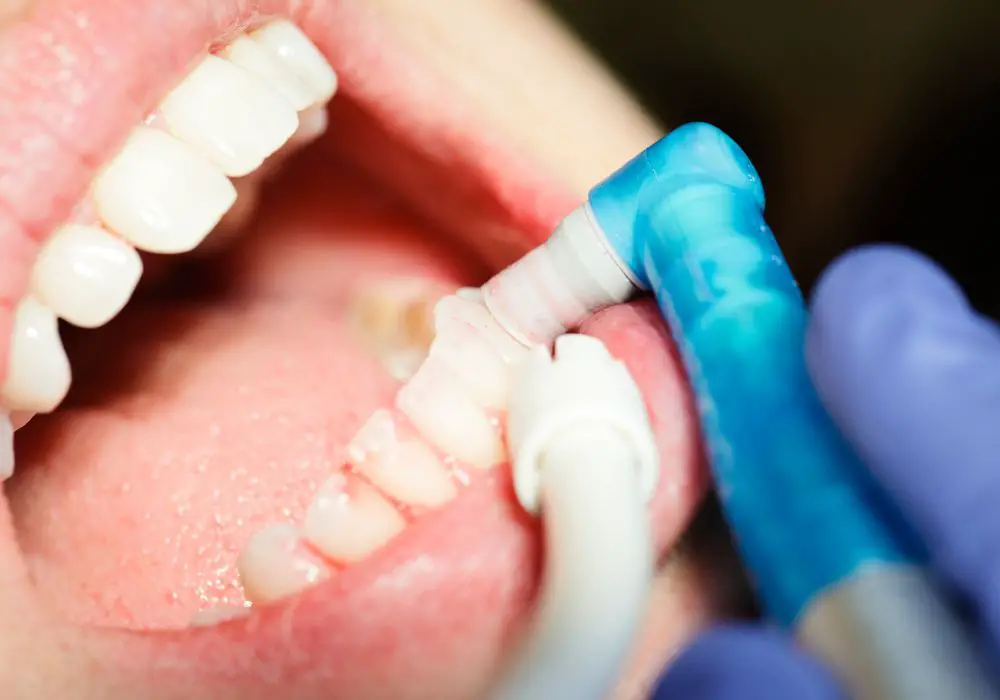
Do You Have to Have Deep Cleaning if Your Dentist Recommends It?
If your dentist recommends deep cleaning to you, it is your decision whether to have it or not. However, not having the treatment could lead to painful teeth and gums, tooth loss, and more invasive and expensive dental surgery.
Preventing Gum Disease
Establishing a good oral hygiene routine can help prevent gum disease. As well as brushing your teeth and flossing every day, get your teeth checked regularly. For some people, it may mean every six months, for other people yearly check-ups may be enough.
What Are the Symptoms of Gum Disease?
You may have gum disease and need a deep clean if you have regular bad breath known as halitosis or red, swollen, or bleeding gums. Gum diseases can make chewing food difficult or painful. You may notice receding gums or have a toothache or sensitivity. If not treated, gum disease may result in tooth loss.
Conclusion
Dental deep cleaning is used to remove tartar buildup from teeth and the roots of the teeth. Your dentist may notice the need for deep cleaning during a regular visit and should then discuss the procedure and the number of visits required to complete the treatment for you. You are likely to need several visits to the dentist to complete the deep clean.
Having a good oral health routine, which includes regular brushing and flossing can help prevent gum disease and the need for deep cleaning. If you experience symptoms that could be a sign of gum disease, book an appointment with your dentist.


